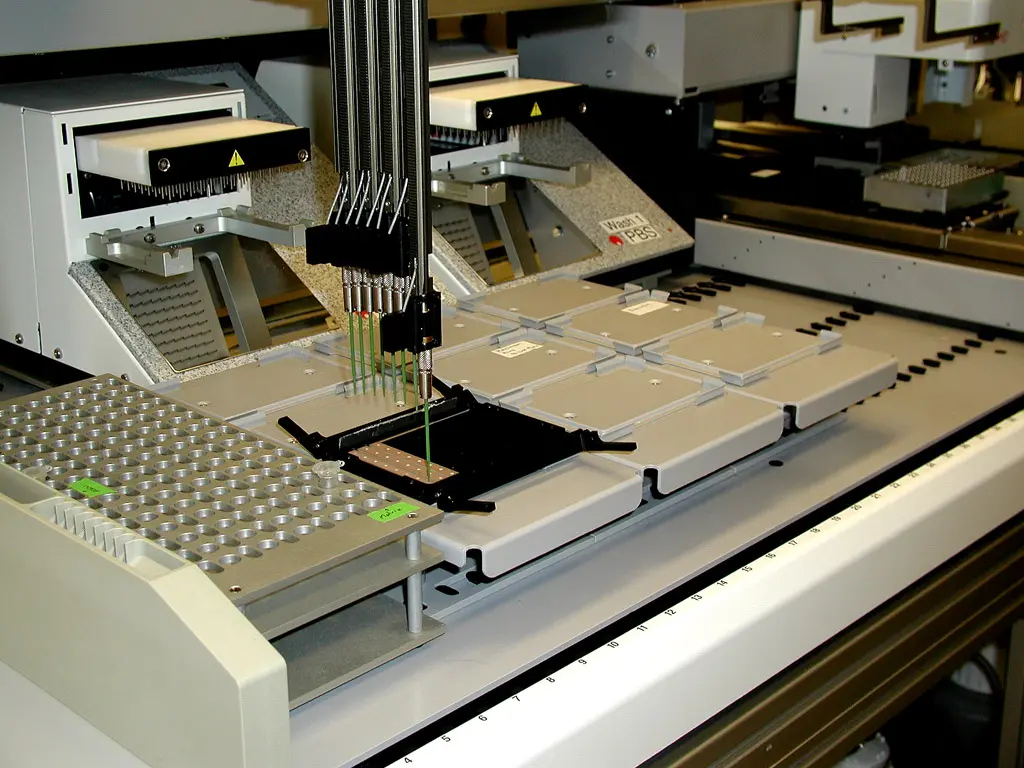Proteomics—the comprehensive study of proteins—is opening new perspectives into the complex world of Mycobacterium avium subspecies paratuberculosis (MAP). By analyzing the proteins MAP produces during its lifecycle, researchers can better understand how this organism adapts, survives, and interacts with its environment.
MAP’s ability to persist in hosts and resist many control methods is partly due to its unique protein expression. Studying these proteins helps scientists piece together the organism’s behavior in different conditions.
🔍 What is Proteomics?
Proteomics focuses on identifying, characterizing, and quantifying the entire set of proteins produced by an organism. In the context of MAP, proteomic research allows scientists to:
- Observe protein expression under different environmental conditions
- Identify proteins associated with survival, adaptation, or stress response
- Compare protein profiles across various MAP strains
This knowledge provides valuable insight into MAP’s biology and its role in long-term colonization of host organisms.
🔧 Tools & Techniques in MAP Proteomics
1. 🎯 Mass Spectrometry (MS)
One of the most widely used tools in proteomics, MS helps identify and measure proteins in complex mixtures.
-
Liquid Chromatography with Tandem Mass Spectrometry (LC-MS/MS)
This technique separates protein fragments and matches them to known protein databases. It's used to detect even low-abundance proteins in MAP samples.
2. 🧪 2D Gel Electrophoresis
This classic technique separates proteins based on charge and size, enabling comparison between different protein profiles.
- Often used to observe protein expression differences between MAP grown in lab conditions versus samples exposed to host-like environments.
3. 🧬 Protein Microarrays
These allow for the detection of multiple proteins simultaneously, giving a broader view of protein expression. This is particularly helpful when analyzing large numbers of MAP samples at once.
4. 🔬 Shotgun Proteomics
In this high-throughput method, all proteins in a sample are digested into peptides and analyzed together, offering a broad, unbiased view of MAP’s protein expression.
🔬 What Scientists Are Discovering
Research into MAP’s proteome has led to the identification of several noteworthy proteins, including:
- Stress response proteins, which may help the bacterium survive in harsh environments or inside host cells
- Outer membrane proteins, which may contribute to interactions with host cells
- Enzymes related to lipid metabolism, often linked with energy management and adaptation strategies
These discoveries help build a detailed map of MAP's survival tactics and its biological footprint.
🌐 Applications in Research
Proteomics data is being used to support many ongoing research efforts, such as:
- Studying how MAP behaves in different host environments
- Identifying protein profiles that vary between MAP strains
- Comparing MAP proteins to those of other related organisms to trace evolution and diversity
- Supporting broader “omics” approaches by linking protein data with genomics and transcriptomics
🌱 Looking Ahead
As new technologies continue to improve sensitivity and accuracy in protein analysis, MAP proteomics is expected to yield even deeper insights. Future studies may combine proteomics with:
- Environmental data (e.g., soil or water protein signatures)
- Temporal studies (tracking how protein expression changes over time)
- Cross-species comparisons (analyzing MAP proteins in different animal contexts)
🧭 Key Insights
- Proteomics helps reveal what MAP is doing, not just what it’s genetically capable of.
- Protein studies provide context for how MAP adapts to challenges like immune response or environmental stress.
- This research supports the global scientific community in building a fuller picture of MAP’s biology.
